
The Center for Health Security has given us a powerful tool against future biological threats.

The Center for Health Security has given us a powerful tool against future biological threats.

Authors of a recent article takes a look at echinocandins, and how they present some advantages over other classes of antifungal agents.

New research on Zika, cases of swine flu infections, parallels between Zika and HIV, a new warning sign of HIV infection, and an increase in cyclospora cayetanensis infections in United States make up the top 5 articles this week.
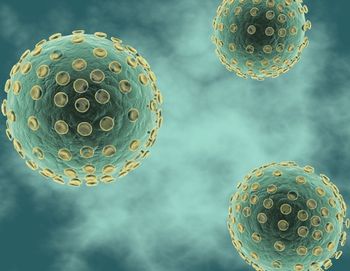
Researchers from LSU Health New Orleans School of Public Health finds that heterosexuals at-risk for HIV would use home-based testing kits and seek treatment if they receive a positive result.
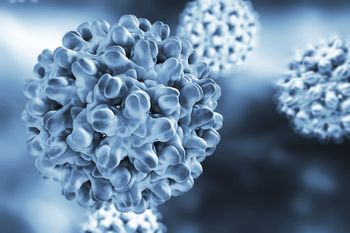
The decision date for a NDA for a new hepatitis B vaccine, Dynavax’s Heplisav-B, has been delayed, as the FDA asked for more post-marketing study information on the vaccine.

According to a report from the Centers for Disease Control and Prevention, about 1 in 12 infants born to Zika-infected mothers will have a related birth defect.

A team of researchers at Stevens Institute of Technology are working on the development of a rapid, cost-effective diagnostic test for the detection of bacterial and viral infections.
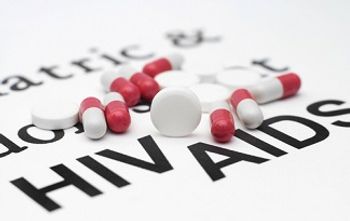
The risk of mortality is elevated in HIV-positive individuals who have detectable levels of virus 6 months after beginning antiretroviral therapy.
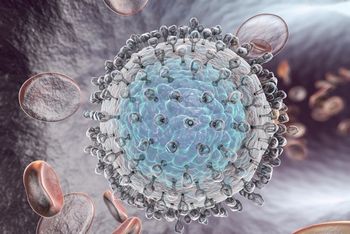
A new study demonstrates that the drug regimen consisting of glecaprevir plus pibrentasvir for non-cirrhotic patients with HCV genotype 1-6 is safe and effective.
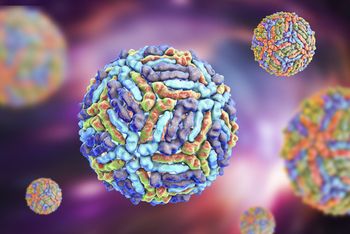
State health agencies are increasingly reporting new human cases of West Nile virus; there have been more than 150 illnesses so far this season.

A year on, the United States and most of the other countries affected by the Zika virus are better prepared to prevent outbreaks and control their spread. The proof is in the data.
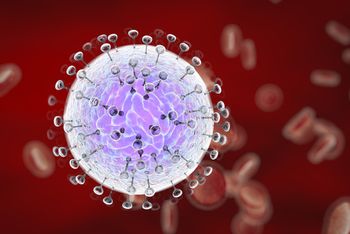
Florida reports first case of sexually-transmitted Zika of 2017, while funds continue to be released for new research efforts against the virus and tests to aid in rapid diagnosis.

The pneumococcal vaccine is routinely administered to babies in the United States starting at 2 months of age.

Researchers believe they have developed an effective genetic roadmap to assist in the identification and characterization of infections in the lower respiratory tract.
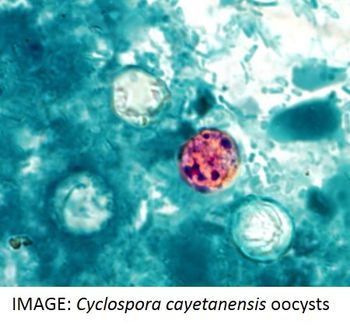
Health care providers are advised to consider a diagnosis of cyclosporiasis in patients with prolonged or remitting-relapsing diarrheal illness.

The Clinton County health commissioner, Pamela Walker Bauer, MPH, RS has confirmed 11 cases of H3N2v flu linked with an Ohio fair.
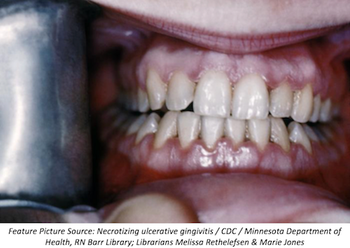
Researchers report a case of undiagnosed HIV infection that first presented as necrotizing ulcerative stomatitis.

A recent study takes a closer look at statin use in HIV-positive patients who are taking protease inhibitors.

In a new study published in the journal Vaccine, researchers examine the antibody response to the flu vaccine in pregnant women and their babies.

New HIV drugs, vaccine regulations in France, correlations between intestinal viruses & type 1 diabetes, the susceptibility of Florida mosquitoes to transmit chikungunya, and an evaluation of the risk of hepatitis B reactivation in veterans on direct-acting antiviral therapy make up our Top 5 articles for the week of July 30, 2017.

A new study reports that Escherichia coli (E. coli) bacteria are commandeering copper ions to strengthen bacteria levels in hard-to-treat urinary tract infections (UTIs).

Global health security impacts us all and without the Global Health Security Agenda (GHSA), we may see an increase in global public health crises.

The US Food and Drug Administration approved Mavyret for adults with chronic hepatitis C virus (HCV) genotypes 1-6 without cirrhosis or with mild cirrhosis.
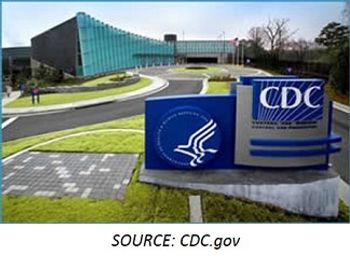
The Centers for Disease Control and Prevention (CDC) is providing local agencies with a boost—in the form of $200 million—to improve surveillance, laboratory diagnostic capabilities, and outbreak response.

A recent study showed that most migrants to European countries acquired their HIV infections in their host countries, particularly those from Latin America and the Caribbean.

The latest World Health Organization report points to high MERS transmission risk in hospitals.
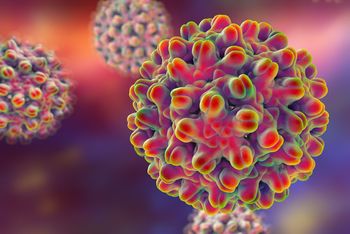
A recent study finds that HBV reactivation occurs earlier and is more severe in HBV/HCV coinfected patients treated with DAA therapy compared with patients treated with IFN-based therapy.
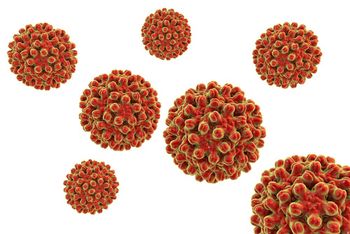
In a 12-1 vote, the FDA’s Vaccines and Related Biological Products Advisory Committee supported the safety data of a new potential hepatitis B vaccine.
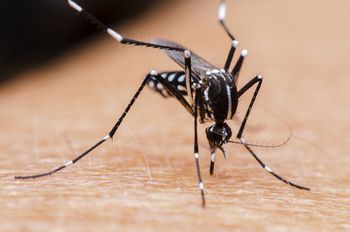
Researchers from the University of Florida recently made an interesting discovery about the mosquitoes in the state.
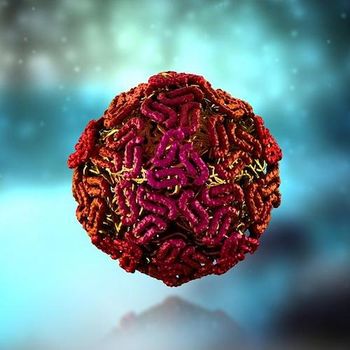
As Colorado reports its second human case of West Nile virus of the season, local health officials around the country are reporting new cases of West Nile-positive mosquitoes, emphasizing the importance of vector control.